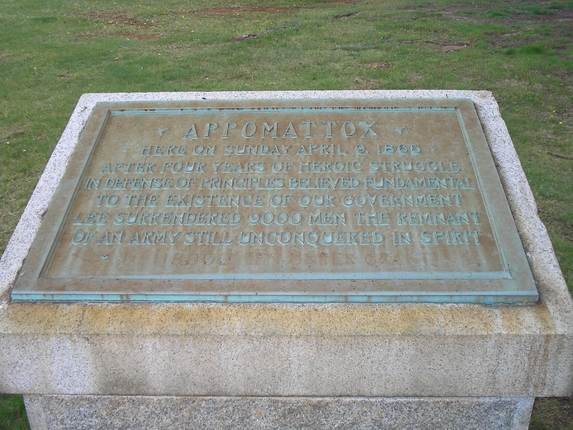Teaching “What This Cruel War Was Over”
Next Tuesday, April 5, ASHP/CML will host a public panel discussion of the disconnect between scholarly and public understandings of the Civil War. This free panel, The Great Divide? Civil War Myths and Misinformation, is part of our year-long series of public events marking the 150th anniversary of the start of the Civil War. One of our panelists, Gary W. Gallagher, recently edited a volume of essays on the many ways in which Civil War veterans and their descendants seeded Lost Cause mythology and misinformation into the historiography of the war; into public commemorations of the war at battlefield sites, in holidays, and in the form of monuments throughout the land; into the politics of a generation of Republicans and Democrats following the war; and even into the culture of novels, school textbooks, and other arenas of public and private life.
At past professional development seminars, ASHP/CML educators have introduced the lesson “What This Cruel War Was Over”, which examines changing attitudes toward slavery and union between 1860 and 1865, with a monument that enshrines the Lost Cause myth. The monument pictured here was placed at Appomattox Courthouse in 1929, when the Lost Cause mythology was in full bloom. The text of the monument reads:
Here on Sunday, April 9 1865 after four years of heroic struggle in defense of principles they believed fundamental to the existence of our government Lee surrendered 9000 men the remnant of an army still unconquered in spirit
Students are asked to decide who is included in the Civil War marker, who is left out and what the marker says—if anything—about the reasons the war was fought. Then students examine primary source documents from the 1860s to determine the actual reasons the war was fought, and how the war transitioned from a war for union to a war for freedom. Finally, students write text for a new Civil War marker, one that finally answers the question what the cruel war was over.
It is useful to begin the lesson with the monument for several reasons: one, it’s a convenient hook to get students’ attention and to frame their task for the activity: why write an essay when you can write text for a monument? Further, it is important to teach students how to critique the memorial landscape around them, especially in places like where I taught in North Carolina, where it often seems the Lost Cause is enshrined every few blocks. As incidents during the civil rights era and since have demonstrated, the presence of Civil War monuments is contentious and their meanings change as our political and social realities change. Finally, as with other cultural productions including historical paintings and films, monuments usually illuminate more about the people who created them and their contemporary audiences than they teach about what actually happened in the time period they claim to be about.
The lesson is part of ASHP/CML’s newest educational resource, HERB. HERB, named in honor of ASHP’s co-founder Herbert G. Gutman, is a free website of primary documents, teaching activities, and other resources for teaching U.S. history. As with all ASHP/CML resources, HERB’s materials look at how ordinary people both influenced and were influenced by the nation’s political and economic transformations. We are pleased to finally be able to link to this extensive archive of our educational materials in the Now & Then blog and hope you’ll help us spread the word about HERB to your colleagues and friends who teach U.S. history!
Last 5 posts by Leah Nahmias
- State of Siege and Public Memory at Ole Miss - March 25th, 2011
- The Good Old Days of Uncomplicated Civil War Narratives - February 1st, 2011



